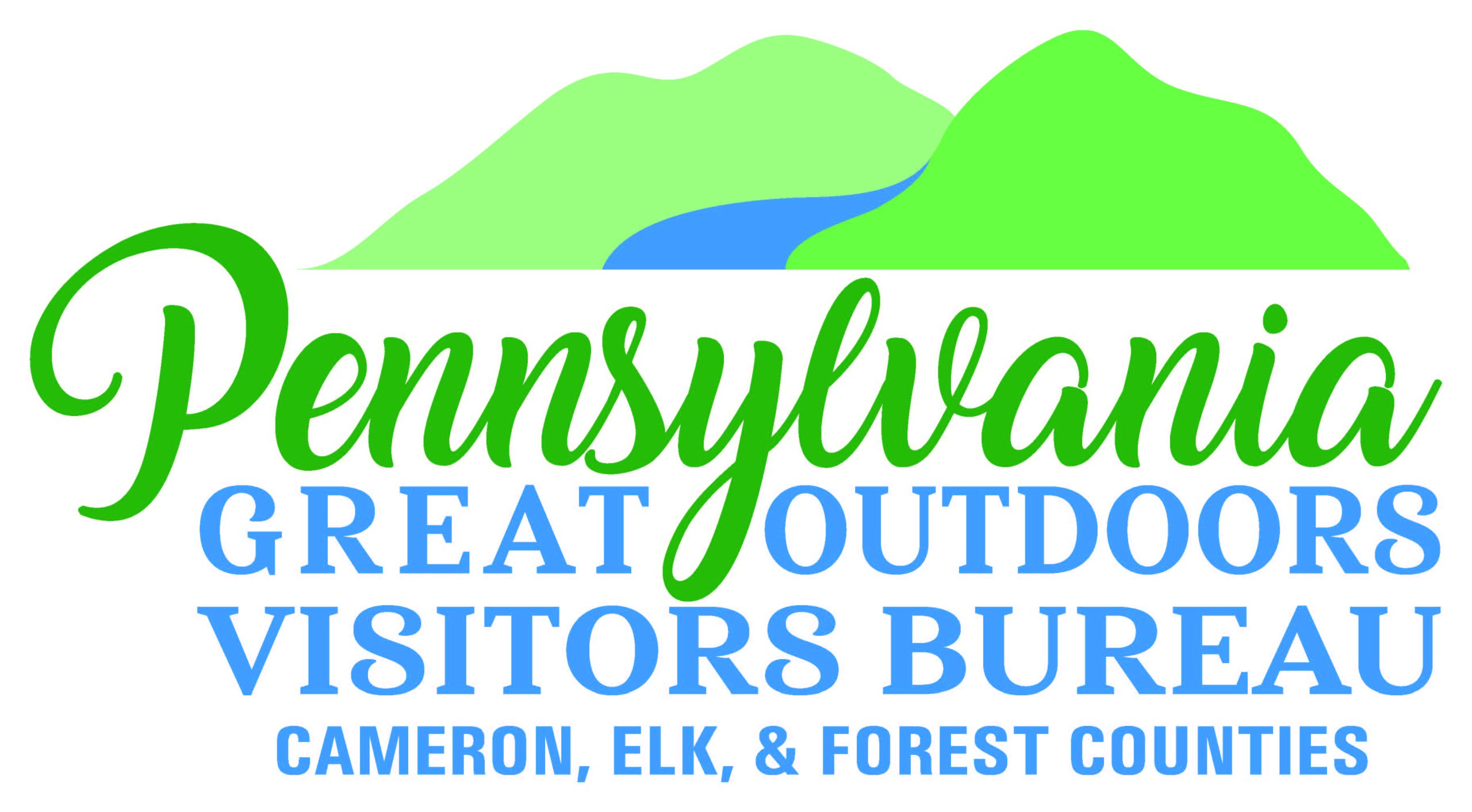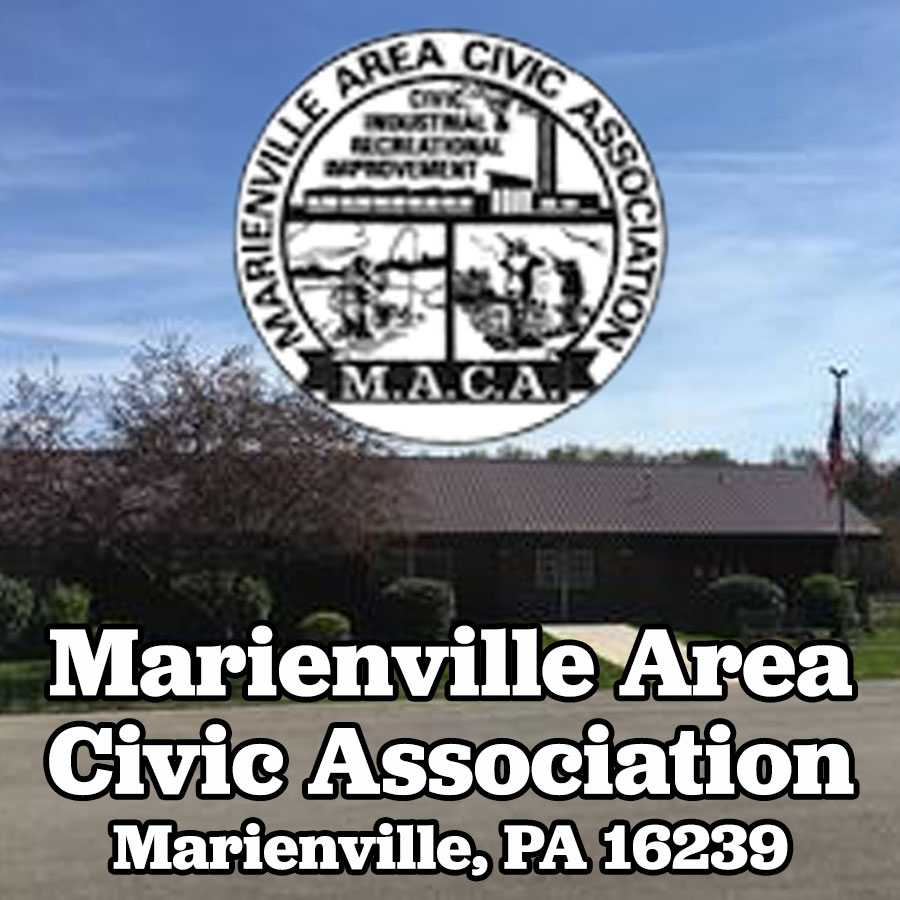By Bob Imhof
In 1866, the Erie Railroad built a line from Daguscahonda connected with the line of the Philadelphia & Erie Railroad to bring coal to market from the Dagus Mines area, a distance of six miles.
Shortly after the Civil War the Shawmut Coal and Iron Company of Boston, Massachusetts (not be confused with the Shawmut companies of later years) had in its employ a man named James Black as superintendent. Mr. Black being an authority on Elk County coal deposits, and being recognized as such, was called to Wilkes-Barre for a conference with the officials of the Erie Railroad Company at the Wyoming Hotel in that city. He met with Jim Fisk, the great financer and a Mr. McHenry. He was questioned closely as to the advisability of the Erie Railroad opening a mine in Elk County. Mr. Black stated his opinion and the outcome of the meeting was that the Erie Railroad organized a subsidiary company called the Northwestern Mining and Exchange Company, and bought a large tract of land underlain with coal at Dagus Mines and Coal Hollow.
The first mine of the new company was opened at Dagus Mines in the “C” vein, also known as the Lower Kittanning seam and was known as the “slope” for the vein lay below the surface and the coal had to be brought out on a slope by rope haulage.
In order to get the coal to market, the Daguscahonda Railroad was built by the Erie Company; construction taking place in 1866. Dr. C.R. Earley, the prominent physician and business man of Earleyville and Ridgway, was made superintendent, a position he filled in his usual manner. The railroad was frequently referred to as the “C.R. Railroad”
As a related comment, it is interesting to note that Dr. Earley had purchased a tract of coal lands on which a mine had already been opened by himself and James Kyler and probably as a result of keen foresight or a matter of plain good fortune, he traveled throughout the district and took options to purchase many thousands of additional coal bearing acres. The new Northwestern Mining and Exchange Company took over thirty thousand acres of Earley controlled lands in Fox and Horton Townships and it has been said that as the result of the large transaction, the financial worries of Dr. Earley were over. The Daguscahonda Railroad had connections with the Philadelphia & Erie which accepted the coal freight for final delivery to various points of destination. While the railroad was in high periods of operation, about one hundred and fifty cars of coal of twelve tons each were delivered to the junction daily, most of it coming from the Northwestern mines and lesser amounts from the Eureka mine of Daniel Eldridge at Earleyville. The right of way of the Daguscahonda followed down the valley from Dagus Mines crossing through half a dozen miles of Pennsylvania’s wildest mountain terrain, crossing numerous wooden bridges, picking its way down a very steep grade. The cars were of wood construction and their speed was controlled by hand brakes operated by the train crew. The string of coal cars was permitted to go down the grade entirely by the force of gravity, resulting in many run away wrecks. As a precautionary measure for the safety of the engine and caboose, these two units were placed at the rear of the coal cars. This method of operation was known as the “Wildcatting System”. The biggest train to get away and rush at will down the steep grade occurred shortly before the road was discontinued in 1902. There was a large pile of wrecked cars and coal at the intersection with the Pennsylvania Railroad (new name of the Philadelphia & Erie) to mark the spot where the runaway train finally stopped and the debris could be seen there for many years. It is said that this wreck caused the Pennsylvania Railroad to withdraw its contract with the Daguscahonda Railroad, but this statement does not seem to be substantiated as the Erie Railroad had previously started to extend its line up Toby to tap the Dagus and Coal Hollow coal fields.
The only fatal accident on the Daguscahonda Railroad involved Lawrence Gahr of Kersey, a brakeman, who fell between the moving cars.
Only coal trains were operated, but on the morning and evening trips passengers were carried by means of a combination coach attached to the coal train. These two trips were scheduled to permit patrons to make connections with passenger service both east and west on the Philadelphia & Erie (Pennsylvania Railroad).
The Daguscahonda Railroad continued in operation until 1902 when it was abandoned and the track was torn up.

















